It’s a movie which never grows old or surrenders its grip on viewers nearly 40 years after it was shot on location in the north of Scotland.
Local Hero’s story of American oil executives locking horns with canny Aberdonians struck a rich chord with global audiences when it was originally released in 1983, and director Bill Forsyth’s work has, in common with a fine whisky, improved with age.
The mixture of a genuine A-list American star – Burt Lancaster – working with the likes of Peter Capaldi in his first film role, alongside stalwarts such as Fulton Mackay, Rikki Fulton, Denis Lawson, Alex Norton and John Gordon Sinclair, created a happy symbiosis, which was heightened by Mark Knopfler’s mesmerising musical score.
Jonathan Melville has been one of the movie’s biggest aficionados since he first watched the plot’s twists and turns and distinctive humour and his enthusiasm was piqued after attending a 25th-anniversary screening in 2008 and subsequently gaining the opportunity to interview Forsyth in 2013 aboard the Screen Machine in Mallaig.
A deep dive on Local Hero
He doesn’t disguise his admiration for Local Hero and its director who created timeless stories and characters imbued with humanity, generosity and fallibility.
As he told me: “I loved hearing the stories about the film, but always wondered what else we didn’t know about it. When I was asked if I was interested in writing a book about Bill Forsyth, I turned it into a book about his best-loved film instead. There’s so much going on in Local Hero that I think it deserved the effort of writing it.”
It’s a labour of love which has yielded myriad snippets of knowledge, including plenty of chat with Peter Riegert, who is now one of the cast of the hit TV series Succession.
Lancaster, of course, was a legend in the industry, somebody who had previously excelled in such diverse offerings as From Here To Eternity, Sweet Smell of Success, The Birdman Of Alcatraz, Gunfight At The O.K Corral and Judgment At Nuremberg.
But there was none of the swagger and look-at-me prima donnaism which one might have expected from a Hollywood titan. On the contrary, in what was one of the last productions worthy of his talents, he rose to the occasion with a vengeance.
Local Hero cemented those feelings and showed the world that Scotland was able to punch above its weight.”
As Melville said: “Everyone was in awe of him and he seemed to particularly enjoy meeting Fulton Mackay and Peter Capaldi. He spent a fair bit of time filming in Fort William, where they built the inside of his ‘Houston’ office, and he liked going for seafood meals with the crew.”
And, as somebody who had previously visited the Findhorn Foundation in Moray – and even helped in the construction of the Community Hall – Lancaster was already familiar with the rugged coastlines and dramatic scenery that abound in Scotland.
The making of the film in the spring of 1982 allowed the extras time to mingle and appear on screen with present and future luminaries of stage and screen and it wasn’t a production dogged by difficulties, egos or personality clashes.
Quite the contrary.
Forsyth, after all, had previously worked with several of the cast and, befitting his reputation as a collaborative spirit, savoured the scenes where he and his colleagues were able to capitalise on the north-east setting, including a memorable Aurora.
Script had many potential directions
Yet, during his research, Melville has discovered that the script veered in several different and occasionally darker directions before reaching its final version.
He said: “I was surprised to discover how much Bill wrote and filmed before it was then removed in the edit. There was a longer sequence in the mist that would have showed Mac (Riegert’s character) in a different light, plus a lot more about mermaids.
“There were also some darker moments on the beach when the villagers arrive to potentially attack Ben (as portrayed by Mackay).
“It was interesting to hear how and why Bill removed around 30 minutes of footage (from the final version) and I wonder what sort of film we would have today if he had left them in.”
David Puttman and Forsyth had gained international lustre, culminating in the Oscar-winning success of Chariots of Fire and the quirky universal appeal of Gregory’s Girl, so it wasn’t a surprise when they joined forces to bring Local Hero to fruition.
With Warner Brothers bankrolling the venture and a litany of well-known faces keen to be involved with it, country singer Willie Nelson was among the contenders for the part that eventually went to Lancaster, while Henry Winkler (who played The Fonz in Happy Days) was another actor whose name was linked with the movie.
Bill Forsyth knew movie would stand on its own
However, although there were hopes that it might be the start of a series of collaborations or spin-offs between the producer and director, Forsyth made it clear he wasn’t interested in being absorbed by any studio system or re-treading old ground.
And, four decades on, his judgment has been vindicated. But why is it that this particular film has cast such an enduring spell on cinema-goers across the globe?
Melville said: “I think Bill Forsyth is one of the most important filmmakers to have come out of Scotland. At the start of the 1980s, he had already had success with the zero-budget That Sinking Feeling (in 1979) and Gregory’s Girl (in 1981) proved what he could do with a bit more of a budget.
“His films also employed more and more technicians and crew each time, which meant that the film and TV industry began to become more professional and it seemed as if it could do anything.
“Local Hero cemented those feelings and showed the world that Scotland was able to punch above its weight.”
Returning to Pennan
Renowned film critic Mark Kermode regards it as Forsyth’s masterpiece and, in 2008, he and the director returned to Pennan for a poignant catch-up with the community.
Sometimes, these occasions can fall flat, rather like a school reunion where everybody’s lives have taken them away from their roots. But not in this instance.
As Forsyth recalled: “We had to find a location for the village before the weekend and it was Friday, about 2pm, so they more or less said I had to pick this place or the whole thing (filming schedule) was out of whack.
“There was no way that I could say no, but fortunately it was magic and it worked.”
Forsyth even sat down and watched the movie for the first time in nearly a quarter of a century and, ever the perfectionist, couldn’t quite make it through to the end.
But audiences everywhere have revelled in this mesmerising creation from one of the most idiosyncratic talents in the history of cinema.
Local Hero: Making a Scottish Classic is published by Polaris.
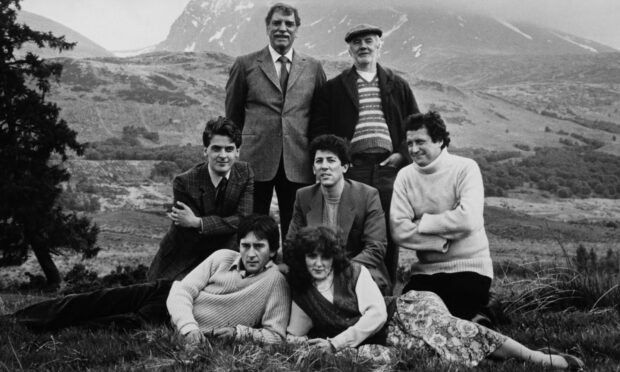
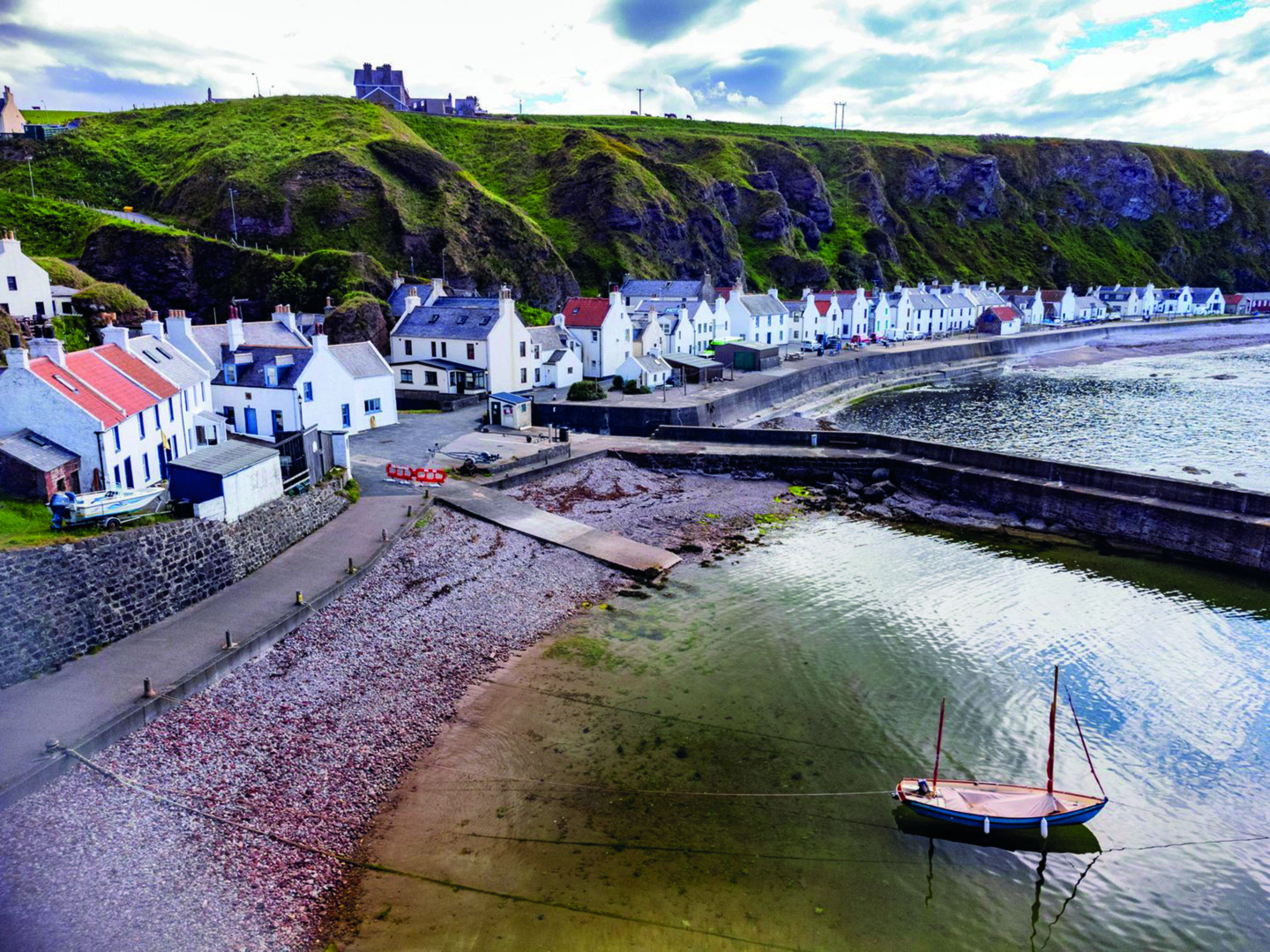


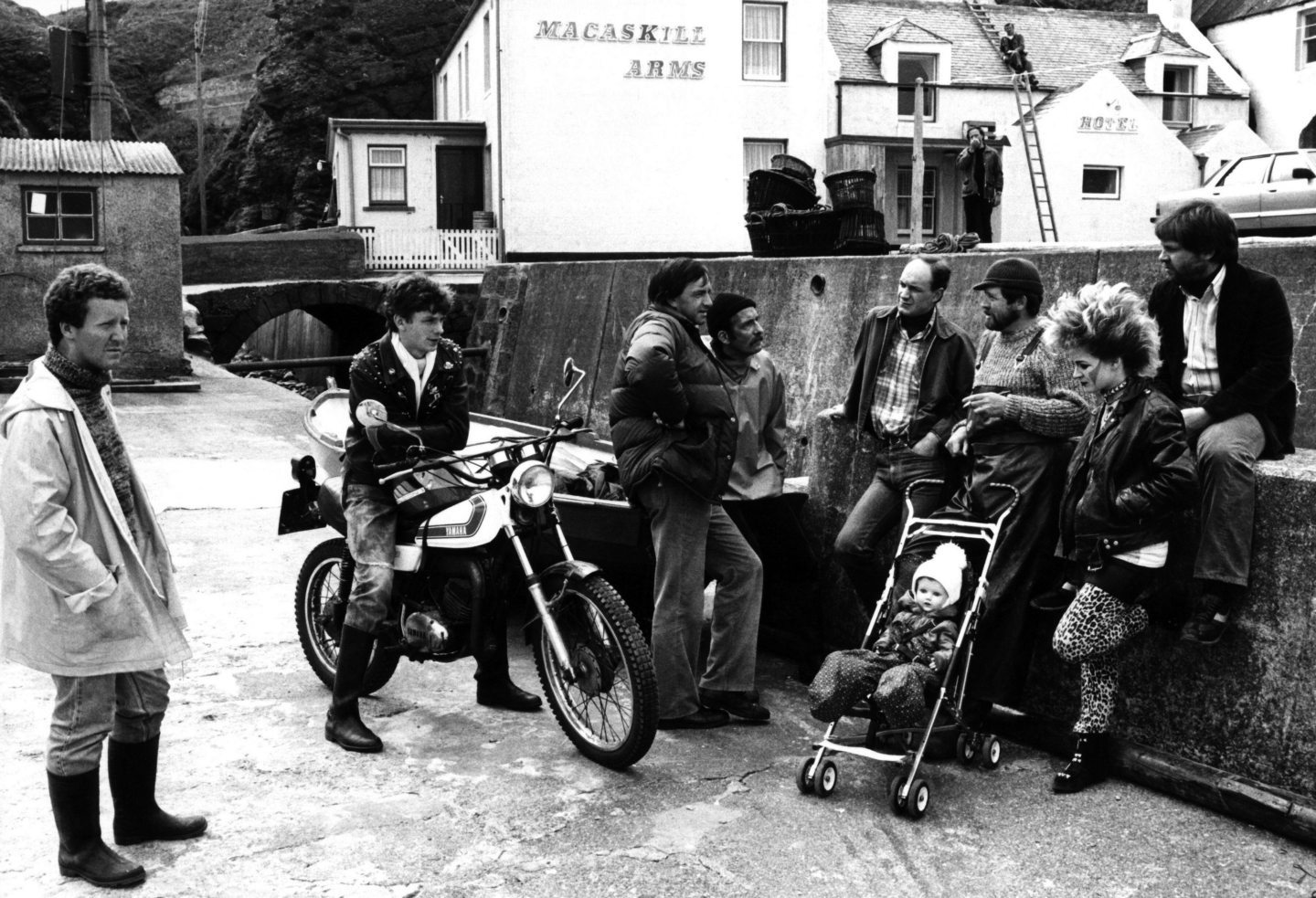

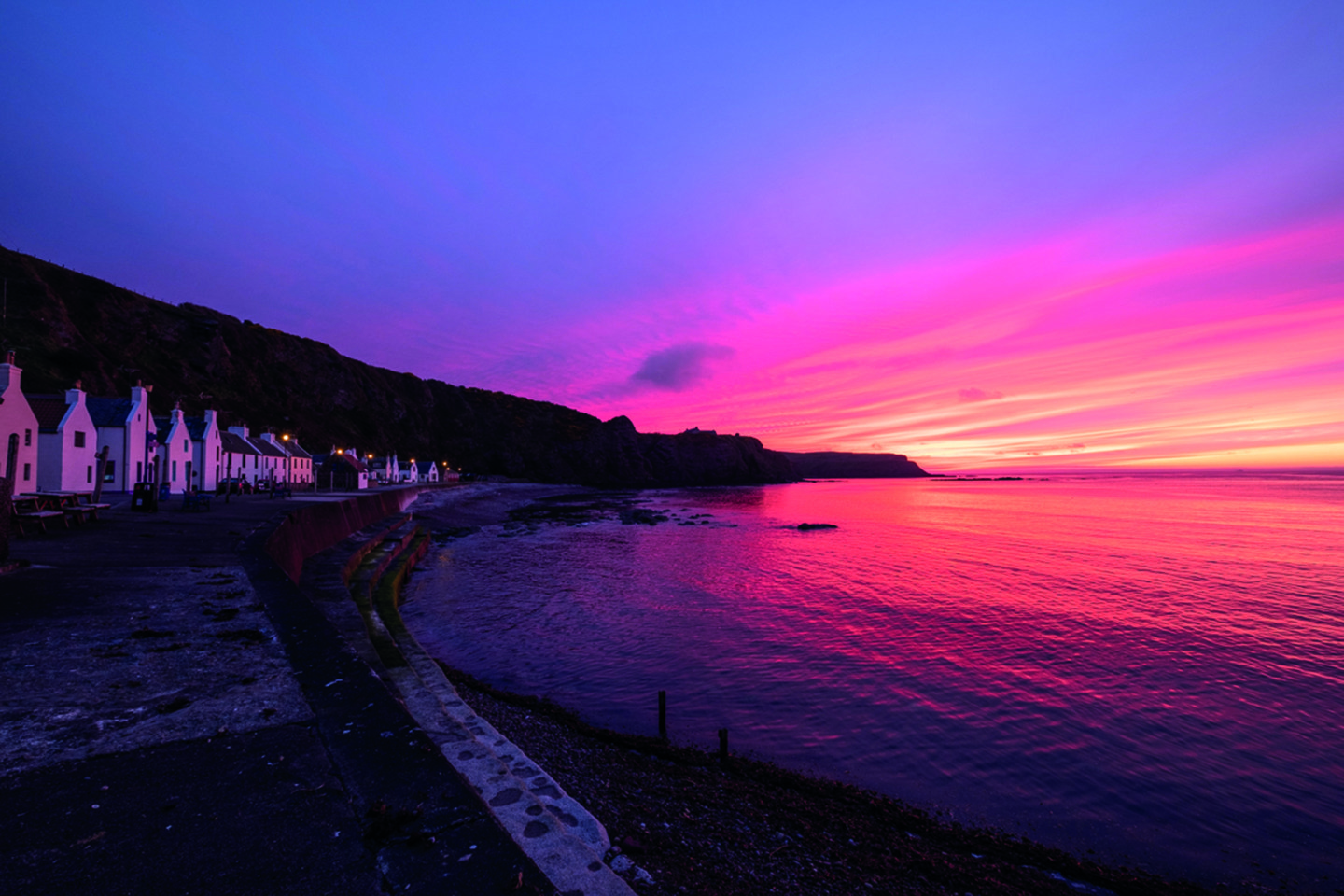
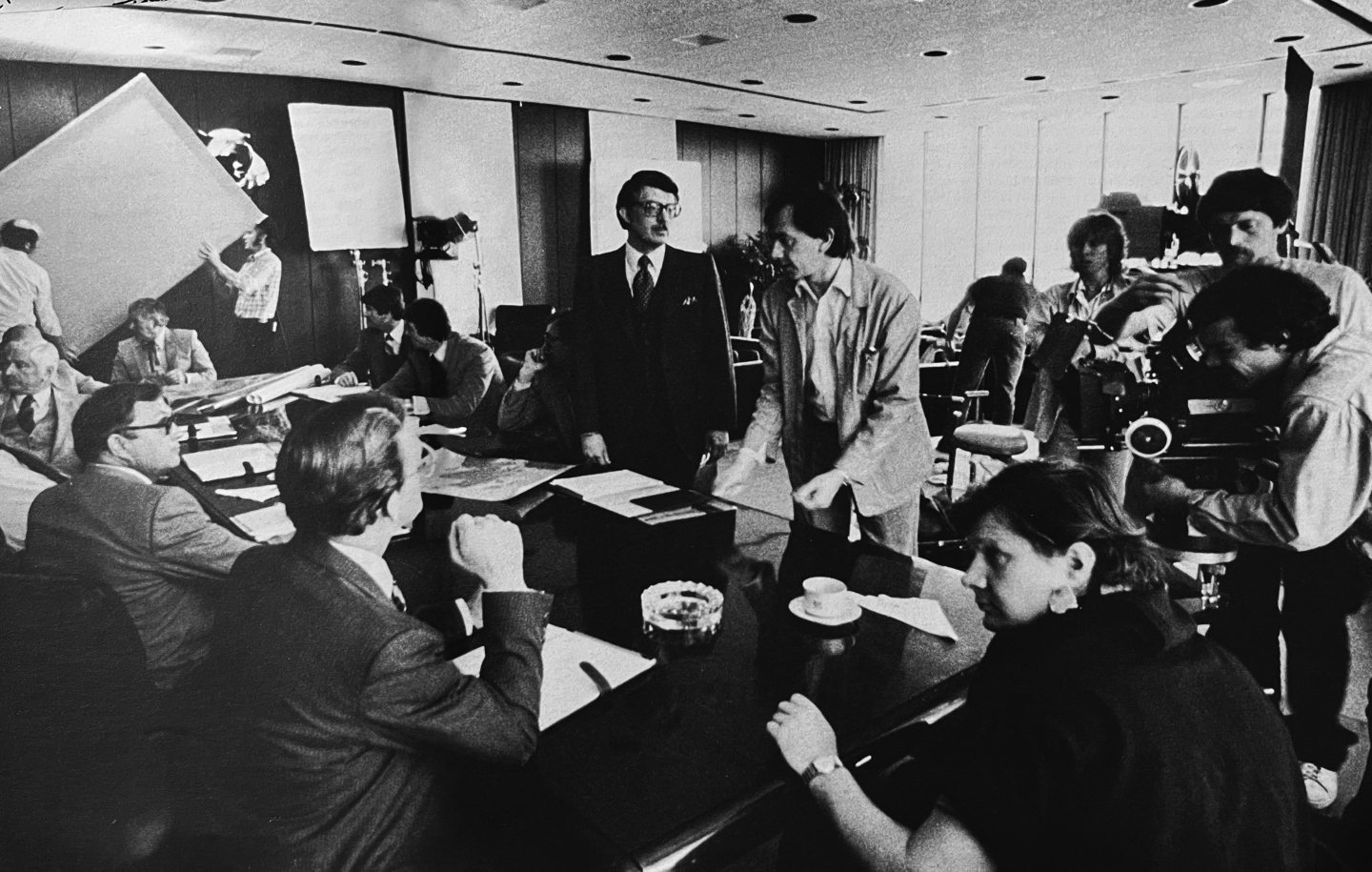
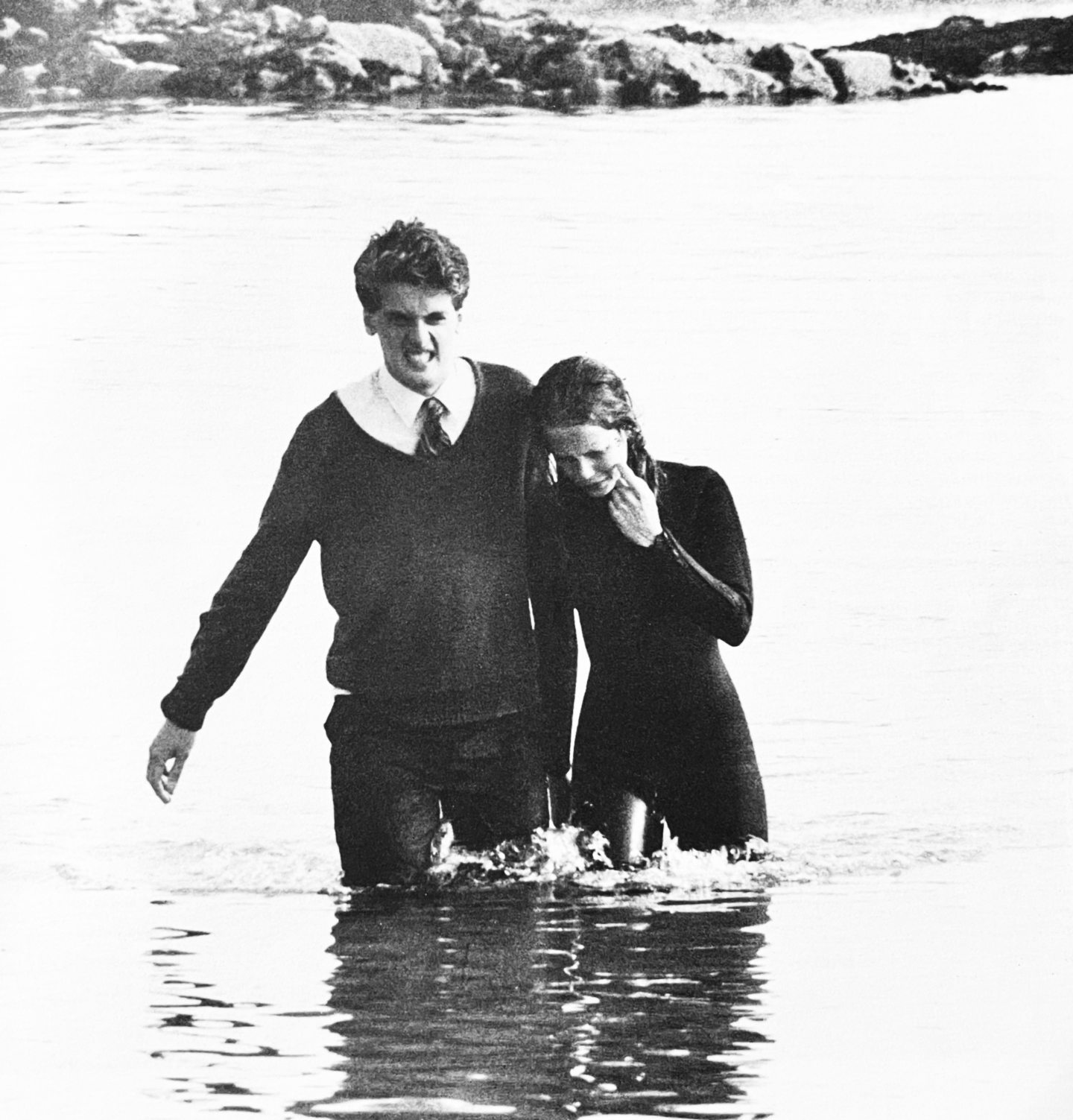
Conversation